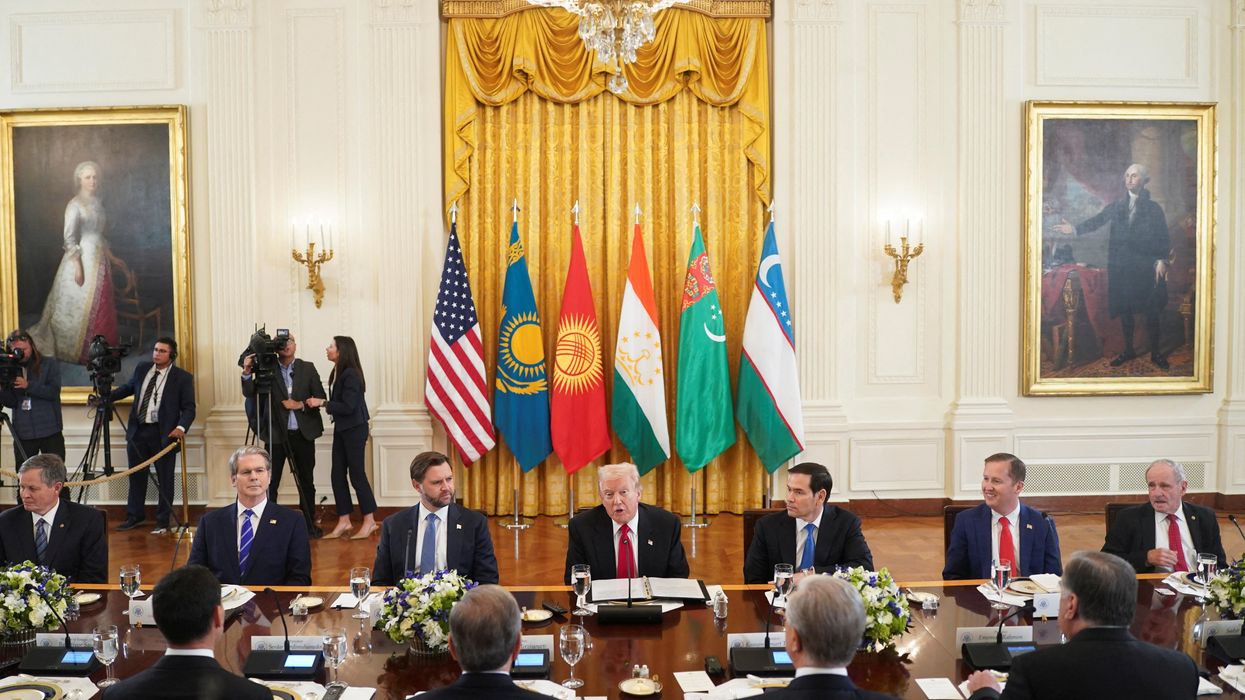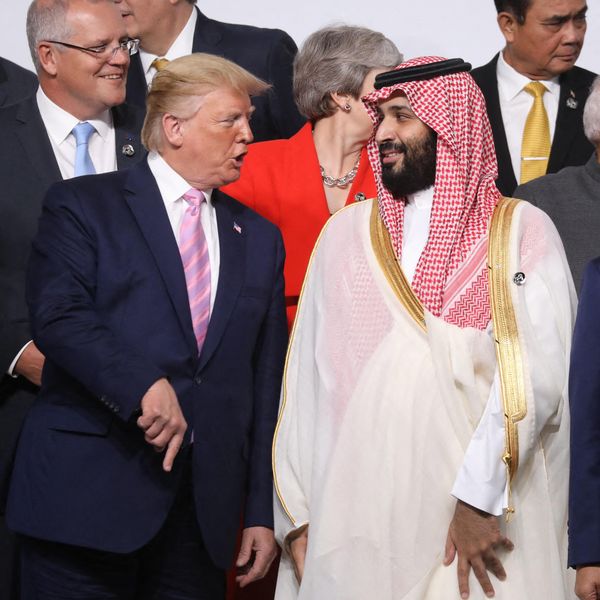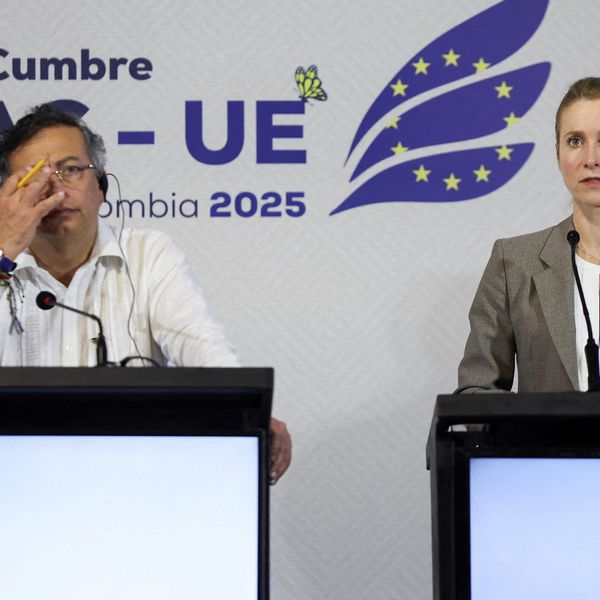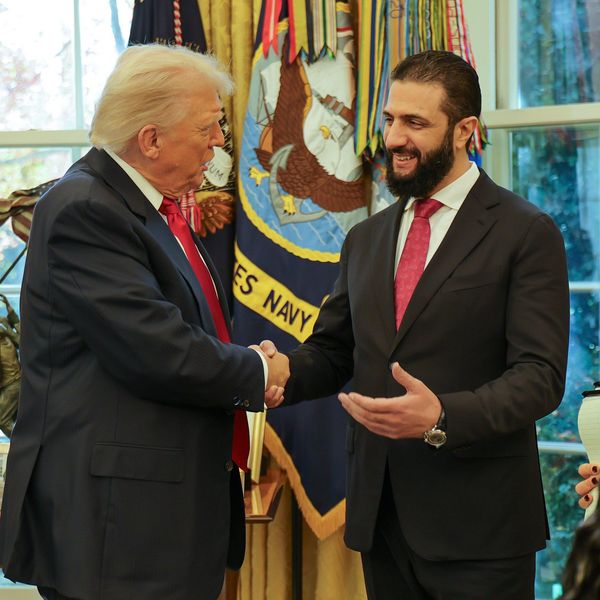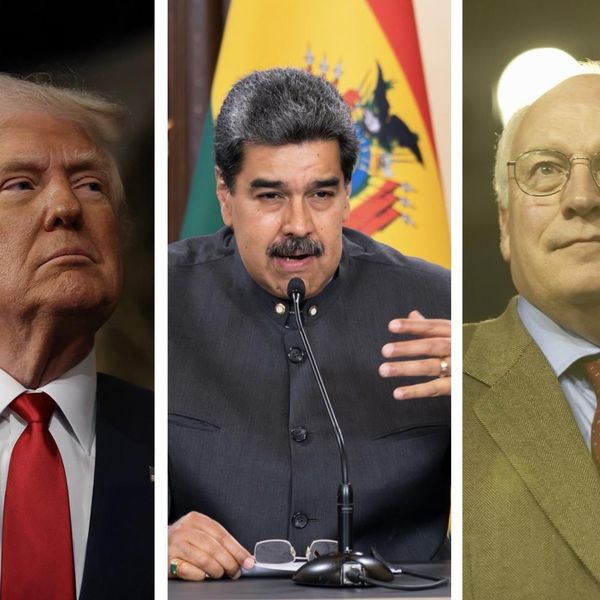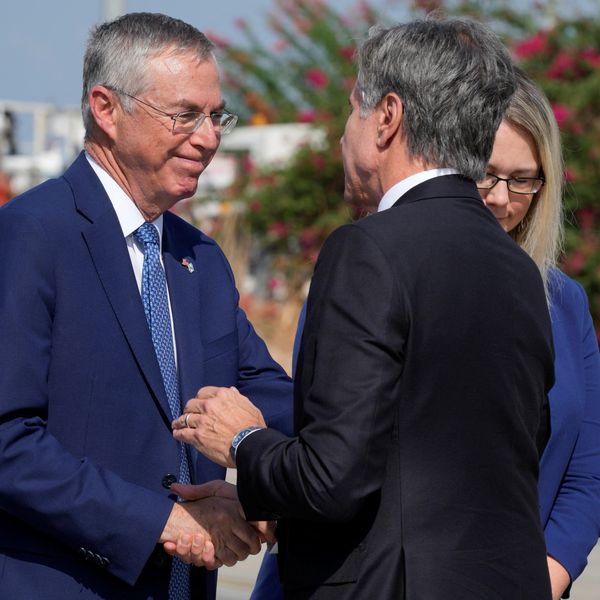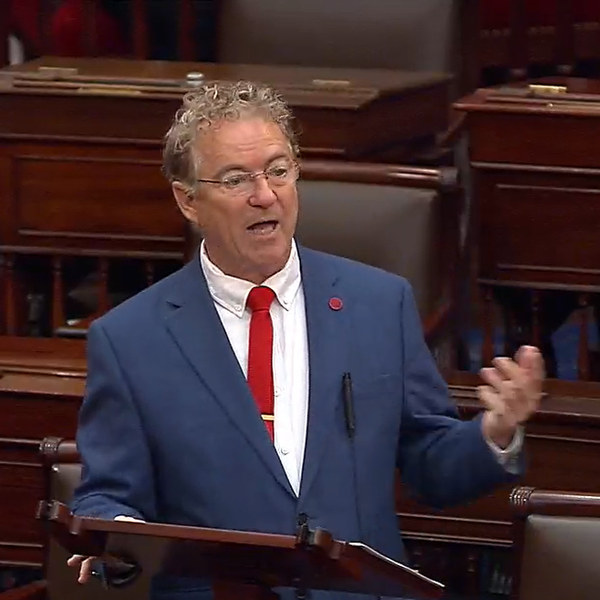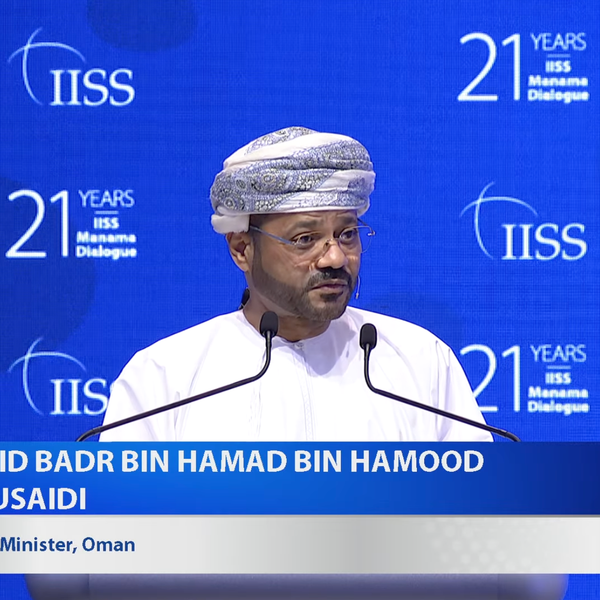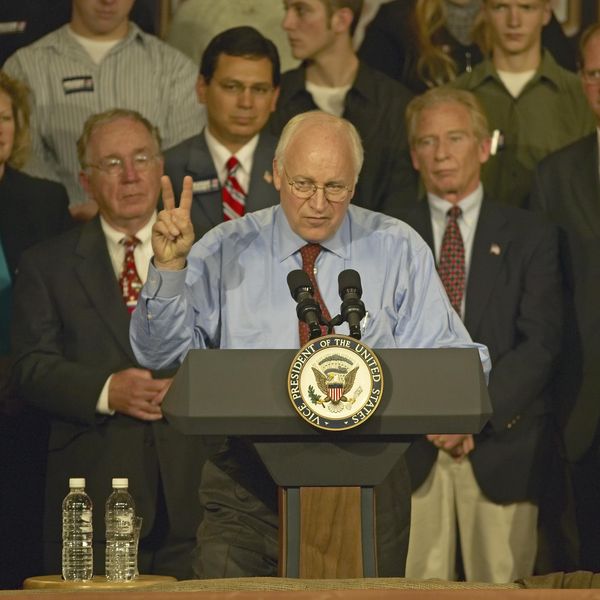The Space Force wants its very own Top Gun. For now, the nascent military branch will have to settle for Fly Me to the Moon.
Filmed at the Patrick Space Force Base and Cape Canaveral Space Force Station in Florida, Fly Me to the Moon depicts a budding romance between the Apollo 11 launch director (Channing Tatum) and a public relations specialist (Scarlett Johansson) during the 1960’s space race.
No, there won’t be Space Force Guardians playing volleyball in space. Nor does the film make any references to the Space Force at all, which was created in 2019, long after the space race. Plagued with negative public perception from the outset — most memorably by Netflix’s satirical 2020 show by the same name — the Space Force is leveraging its small role in the Fly Me to the Moon production in an attempt to make inroads with Hollywood.
The Department of Defense is well aware that Hollywood star power can be an influential mouthpiece for messaging, having helped to shape the narratives of some 2,500 movies and TV shows. After the release of the first 'Top Gun' in 1986, Navy recruitment reportedly boomed and so did public awareness of the Navy. Space Force — or any of the U.S. military services could only hope for that kind of attention today.
In celebration of the Fly Me to the Moon launch on July 12, the Space Force shared a video on social media of Johansson promoting the military branch. “Your dedication to secure our nation's interests in and to space is truly inspiring. Here’s to five amazing years and many more to come. Happy fifth birthday United States Space Force and Semper Supra!” declared Johansson.
At the premiere, Chief Master Sergeant of the Space Force John Bentivegna spoke on a panel with the film director, arguing that his branch is continuing the mission of the Apollo team of the 1960s. “The passion that was captured and what was going on in the nation as we were trying to get men to the moon — we have thousands of Guardians that have that same passion for space every day,” said Bentivegna.
But the Space Force and its contractors aren’t tasked with space exploration, but rather space militarization to compete with adversaries such as Russia and China. As Commander Chance Saltzman puts it, the mission is “space superiority—protect ours, deny theirs.”
As evidence, look no further than the sponsors of the film premiere, which included Space Force contractors Booz Allen Hamilton and Northrop Grumman. Last October, Booz Allen was awarded a $630 million contract from the Space Force for a space-based missile warning system to “maintain space superiority...no matter the domain.” That same month, Northrop Grumman was awarded a $730 million contract from the Space Development Agency to produce military satellites and is working with RTX (formerly Raytheon) to develop offensive missiles that can travel at hypersonic speeds.
On Tuesday, the Space Force even made a pitch for its very own blockbuster Hollywood hit. According to Military.com reporter Thomas Novelly, Chief Master Sergeant of the Space Force John Bentivegna told 20 Hollywood executives at Fox Studio that his branch has plenty to offer to the silver screen.
Bentivegna explained that the Space Force’s “mission isn’t to fight aliens, hunt Sith Lords or put combat boots on the moon,” making a reference to the fictional president of the “Space Force.” “In the real world, it's about securing America's interests against China and Russia, protecting the nation's use of GPS, and tracking orbital debris to keep it from harming assets such as the International Space Station.”
These ideas could be “compelling for movie plots,” he added.
Netflix goosed the Space Force’s reputation in 2020. Can Hollywood help redefine it in 2024? There’s plenty of money and corporate interest hoping it can, so that when the audience says “fly me to the moon,” they’ll not only be thinking of Johansson and Channing, but of the military recruiting office, too.
- Behind every scene in Top Gun, War Inc. steps up to take its bows ›
- That's militainment! Big Hollywood succumbs to the Pentagon Borg ›
- New Marvel film puts spotlight on Hollywood's military ties ›
- Once ridiculed Space Force ready to blast off with Trump | Responsible Statecraft ›
- And the Oscar goes to ... the Pentagon! | Responsible Statecraft ›



 A U.S. Army M113 armored personnel carrier guards a street near the destroyed Panamanian Defense Force headquarters building during the second day of Operation Just Cause, Dec. 20 ,1989. (Dod photo)
A U.S. Army M113 armored personnel carrier guards a street near the destroyed Panamanian Defense Force headquarters building during the second day of Operation Just Cause, Dec. 20 ,1989. (Dod photo) General Manuel Noriega is escorted onto American military aircraft by DEA agents shortly after his surrender and arrest in Panama, Jan, 3, 1989. (Public domain/Combined Military Service Digital Photographic Files)
General Manuel Noriega is escorted onto American military aircraft by DEA agents shortly after his surrender and arrest in Panama, Jan, 3, 1989. (Public domain/Combined Military Service Digital Photographic Files)